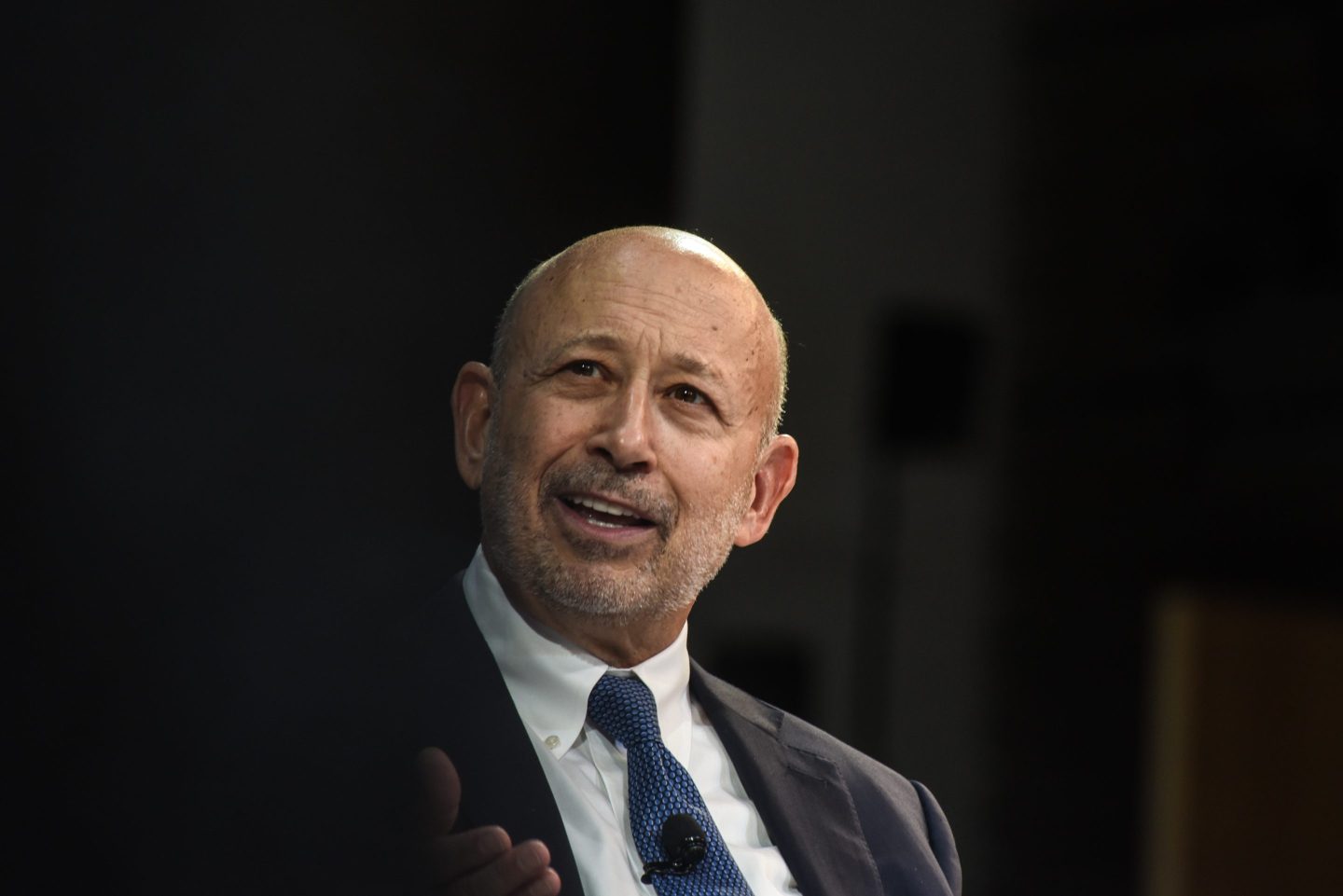The First Niagara acquisition machine keeps rolling along, but investors aren’t jumping aboard.
The Buffalo-based bank agreed Thursday to buy NewAlliance Bancshares of New Haven, Conn., for $1.4 billion in stock and cash. The deal is First Niagara’s ninth in a decade and stands to make it one of the 50 biggest banking companies in the United States.

The agreement, worth $14.09 a NewAlliance share, sent shares of the Connecticut banker up 13% in early trading Thursday.
“First Niagara’s strategy for creating shareholder value is to deliver profitable growth by ‘playing offense’ and entering new markets that complement our geographic footprint with companies that enhance our strong business model,” said CEO John R. Koelmel.
First Niagara has grown its branch network tenfold since 2000. But after a spike early in the decade, the stock has been stagnant — including a modest decline since Koelmel took the reins in late 2006. It dropped 5% in early trading Thursday.
Thursday’s deal will be the latest expansion for a bank that over the past decade has been transformed from a sleepy savings bank in the western New York town of Lockport to one of the biggest U.S. banking companies.
Last year, First Niagara acquired 57 branches in western Pennsylvania from PNC as part of the Pittsburgh bank’s meltdown-era takeover of Cleveland’s National City. First Niagara also bought into the eastern end of the state with a purchase of tiny Harleysville National last summer.
A decade ago, First Niagara had $2.6 billion in assets and 36 branches. The acquisition of NewAlliance will give First Niagara $29 billion in assets and 340 branches.
Early on, the First Niagara growth story caught Wall Street’s eye. The stock tripled between 2000 and 2002 as the former Lockport Savings Bank started to grab market share in western and central New York.
But since then, First Niagara’s growth has failed to impress. The stock fetched $15 in May 2008 before the financial meltdown, but Thursday morning’s selloff took it down near $12.
Koelmel said after last summer’s Harleysville deal that he still saw opportunities to grow, which meant his “shopping cart isn’t full.” But judging from investors’ reaction over the past few years, it’s starting to look like Wall Street has had its fill.











